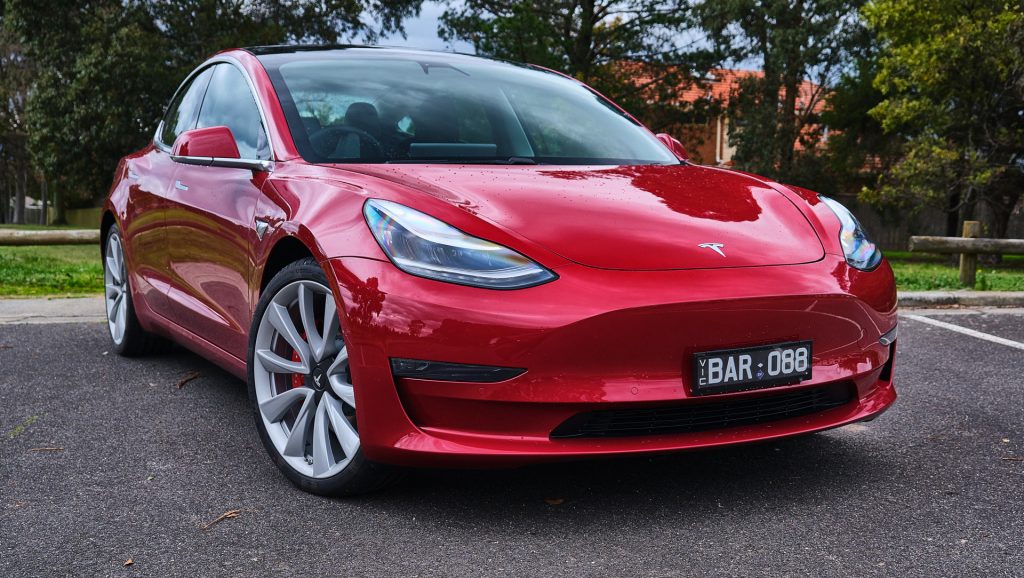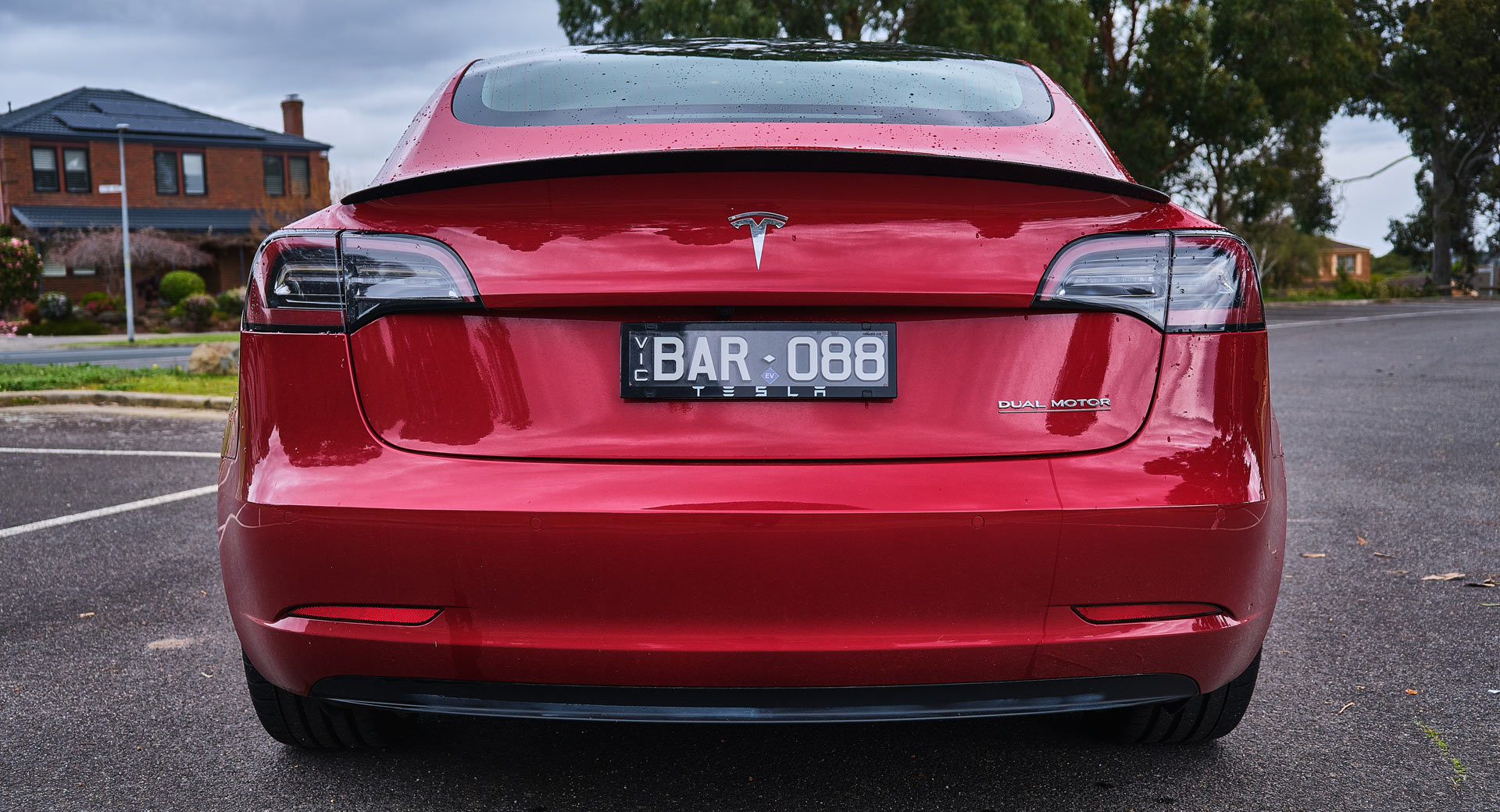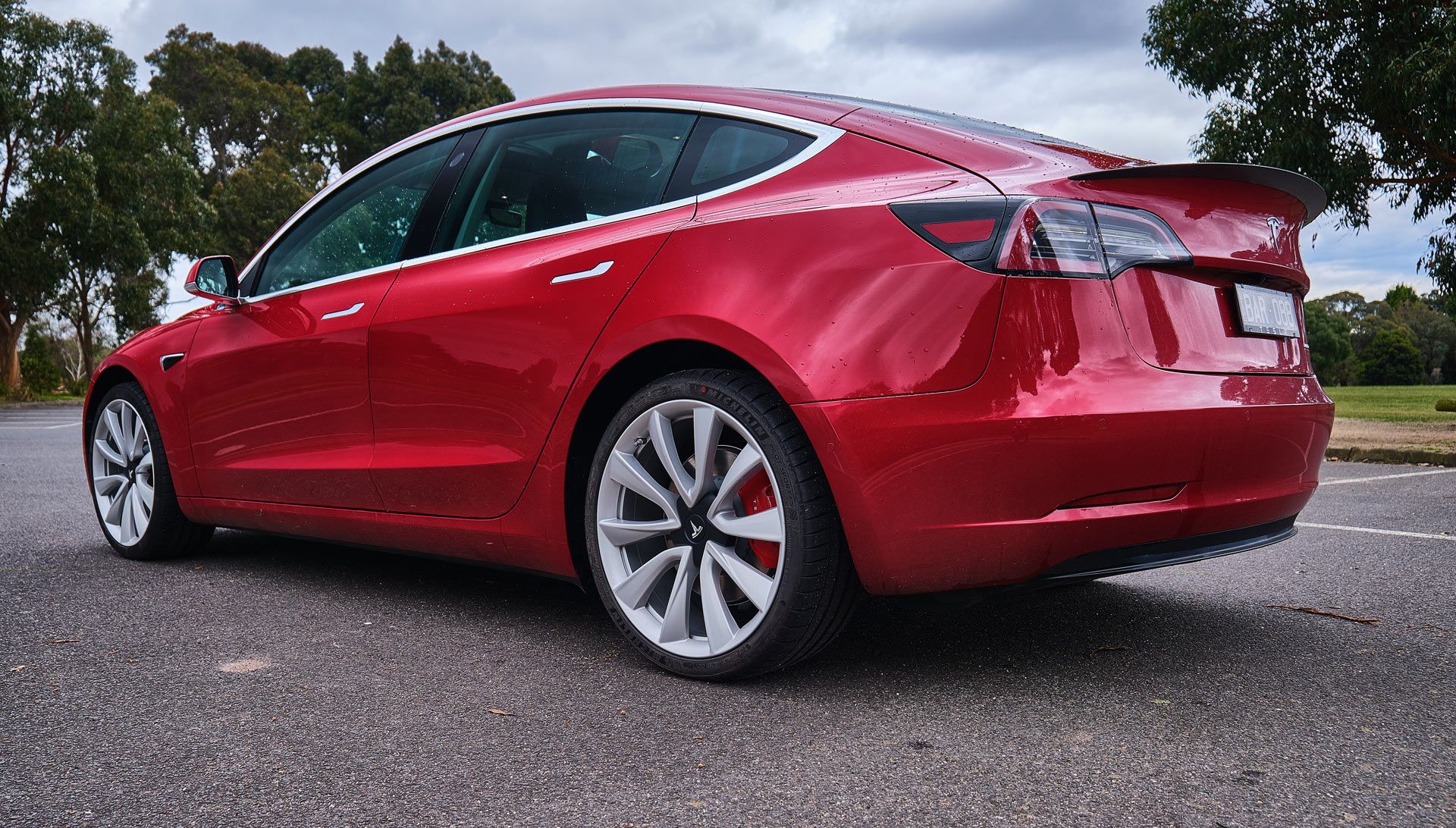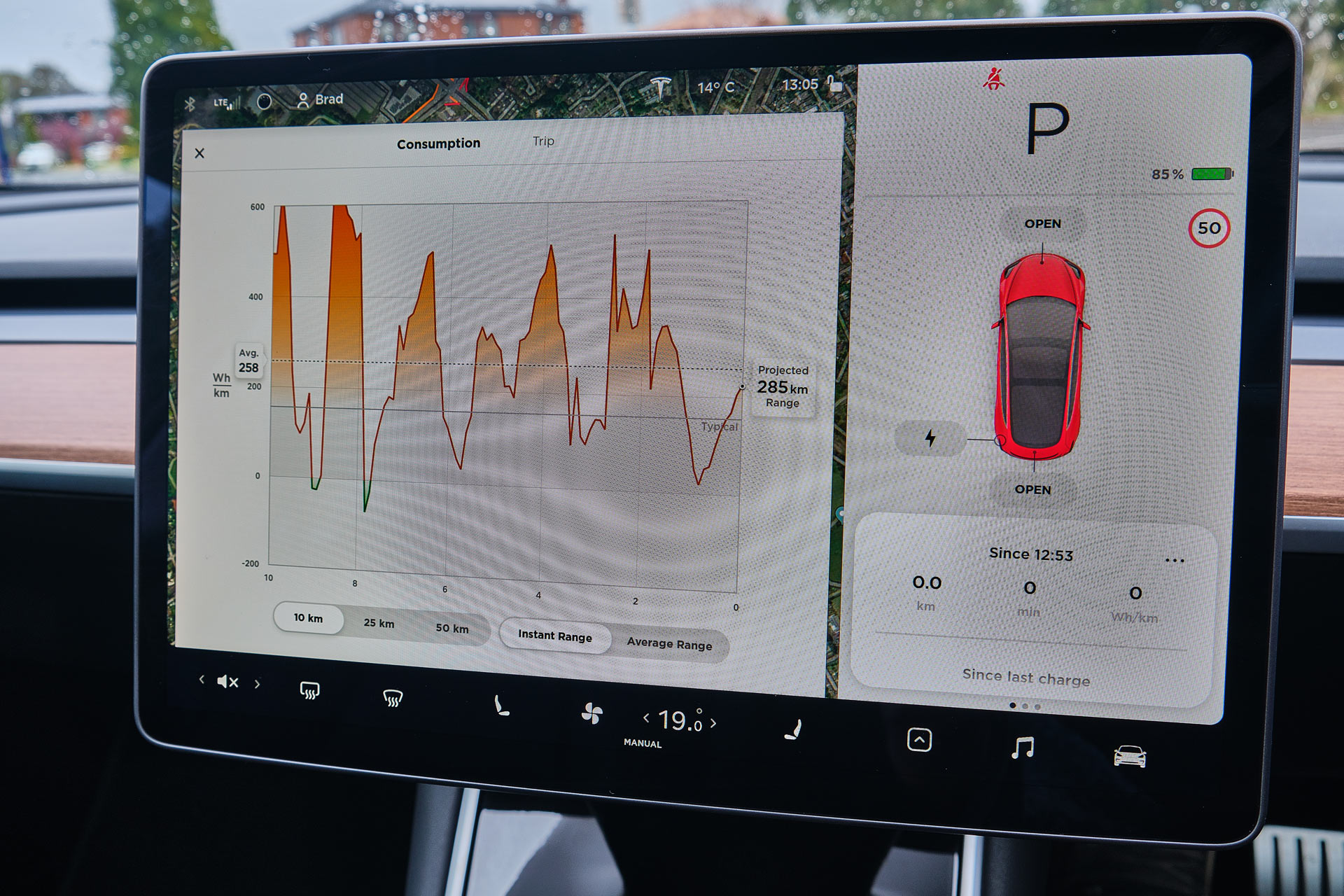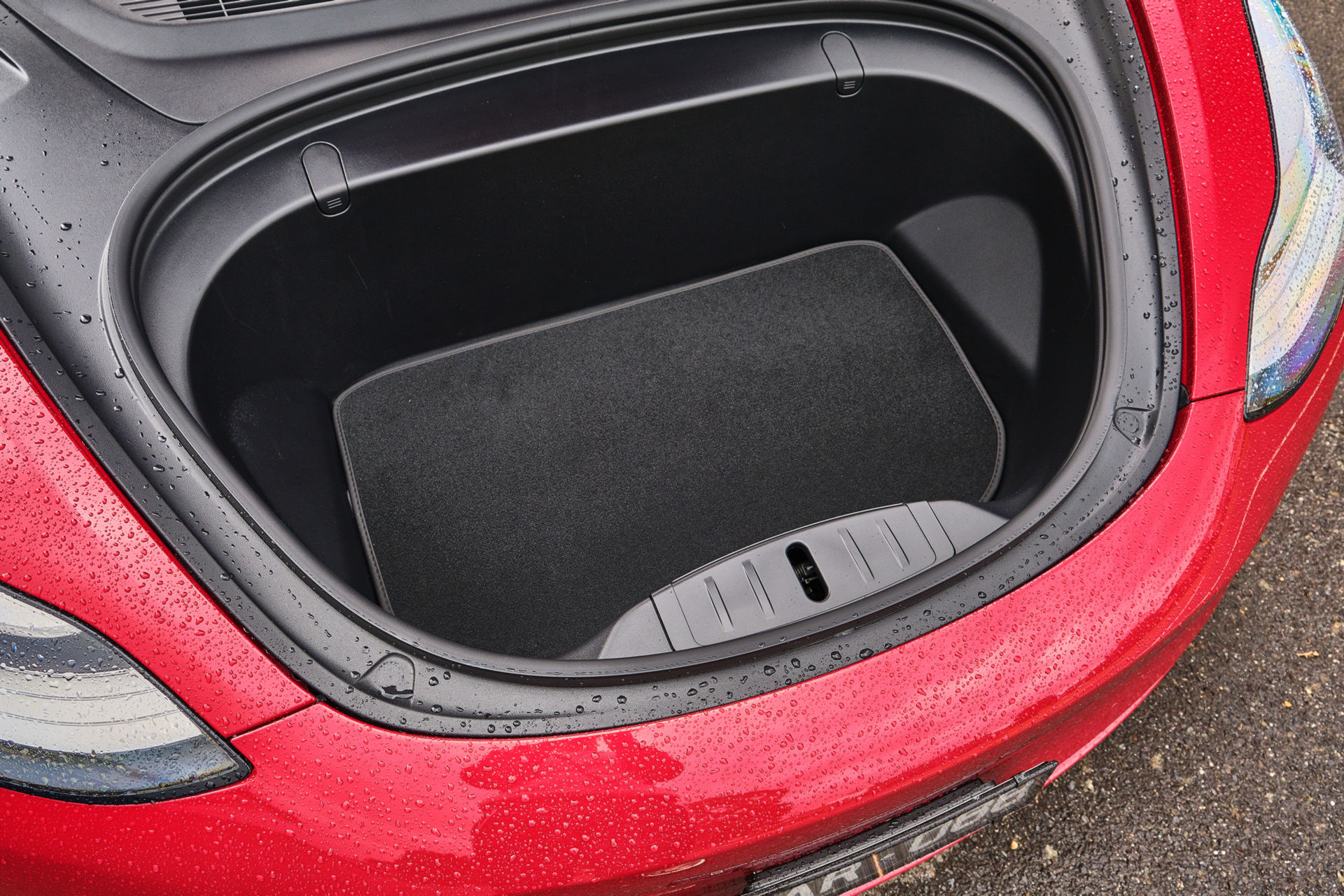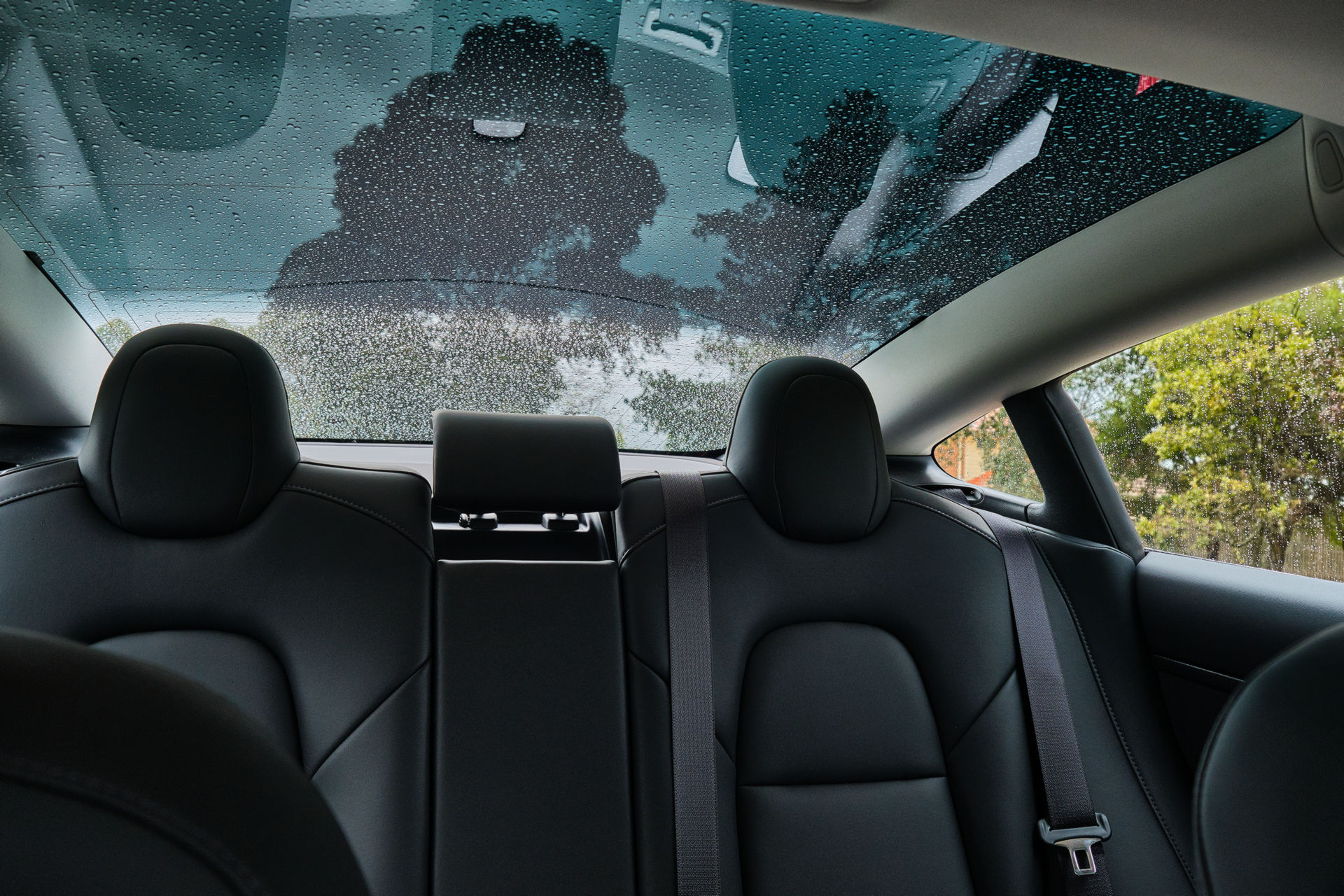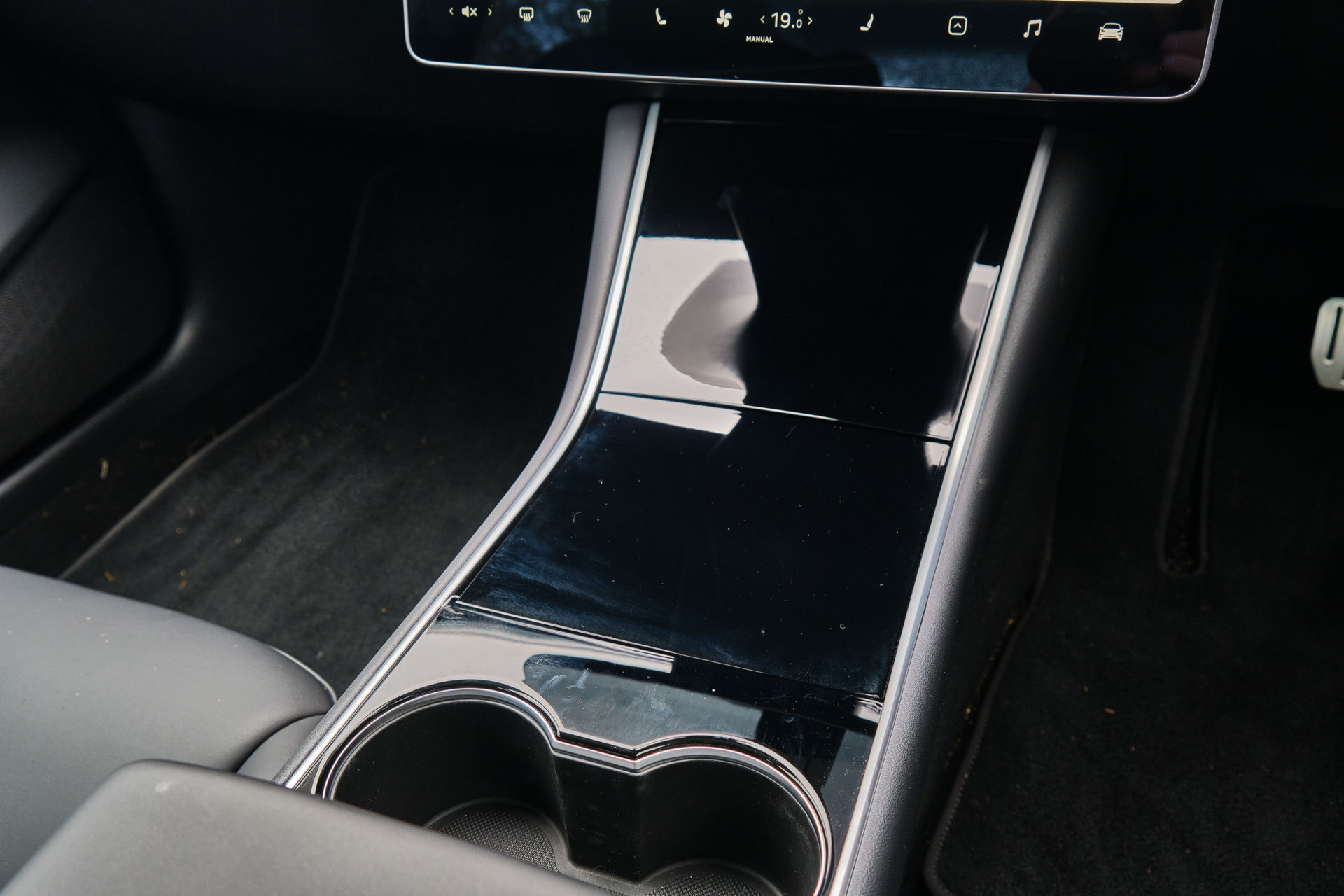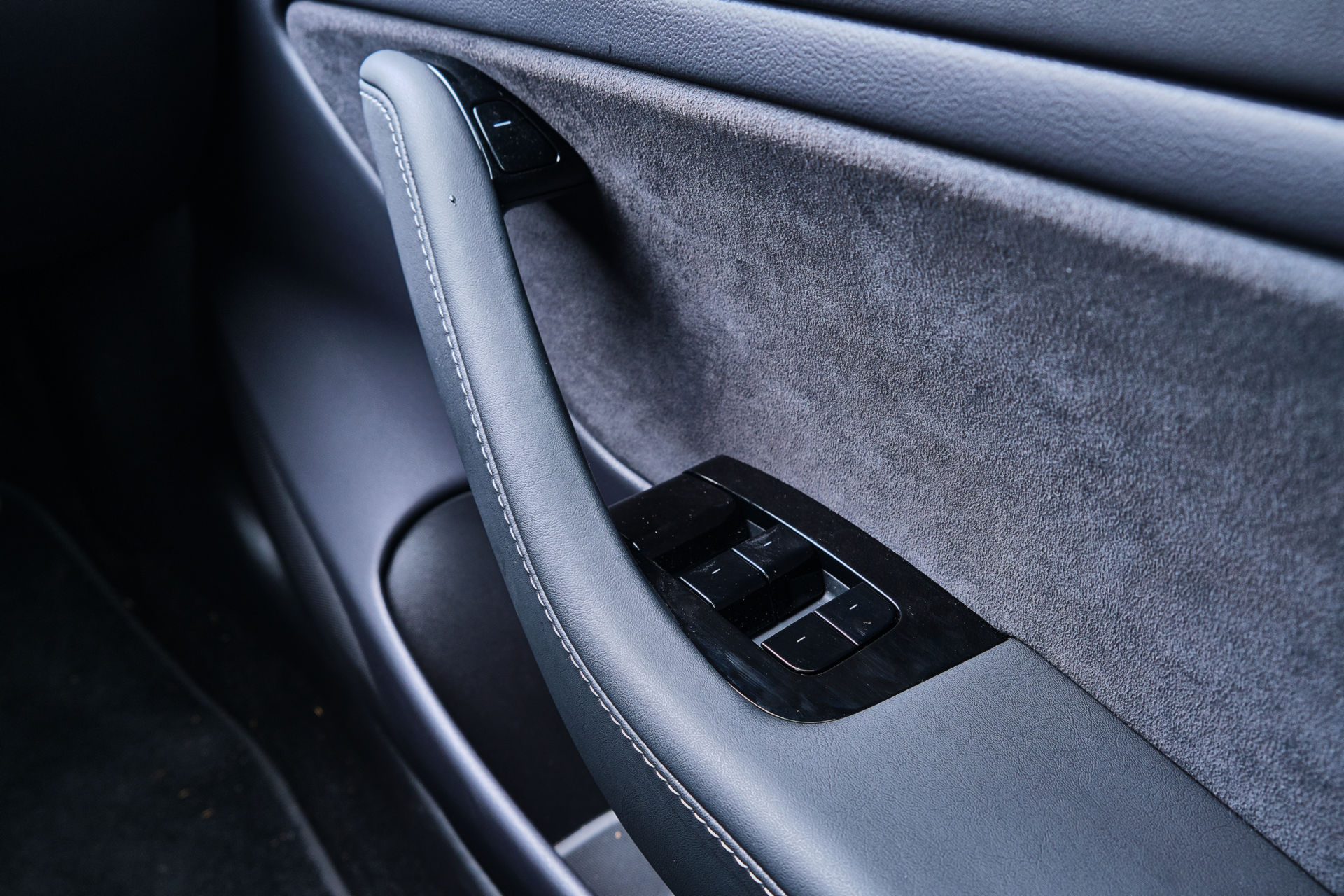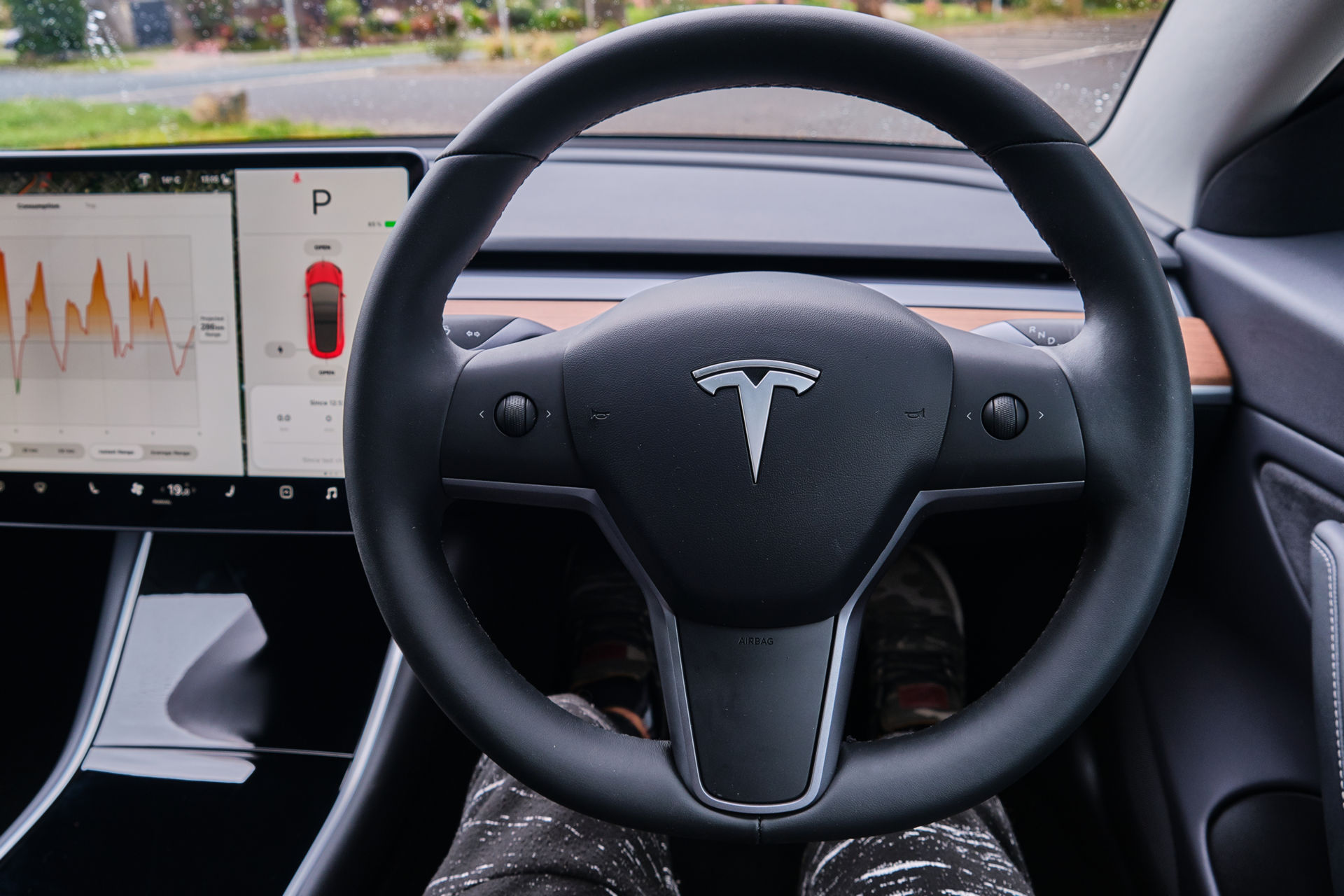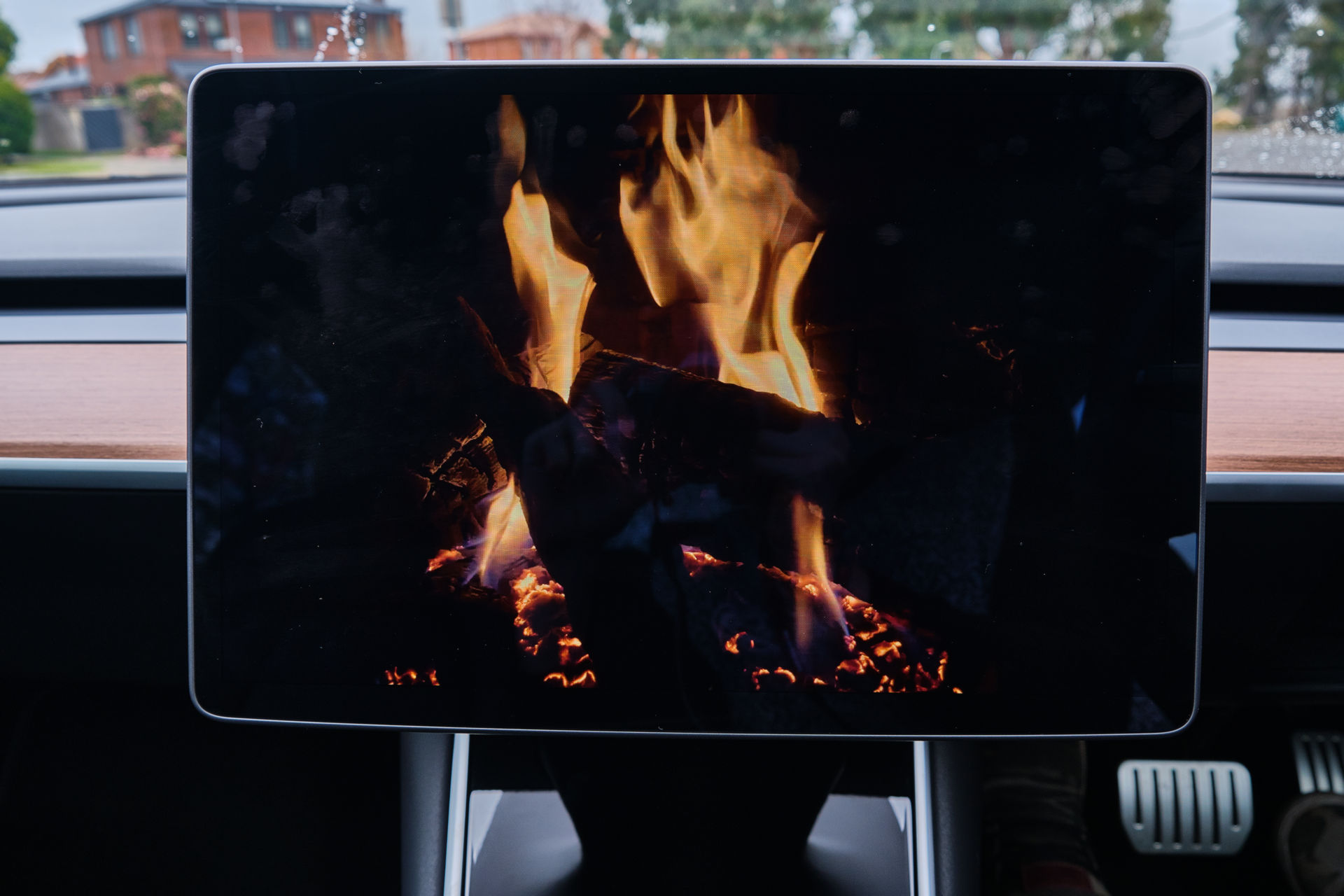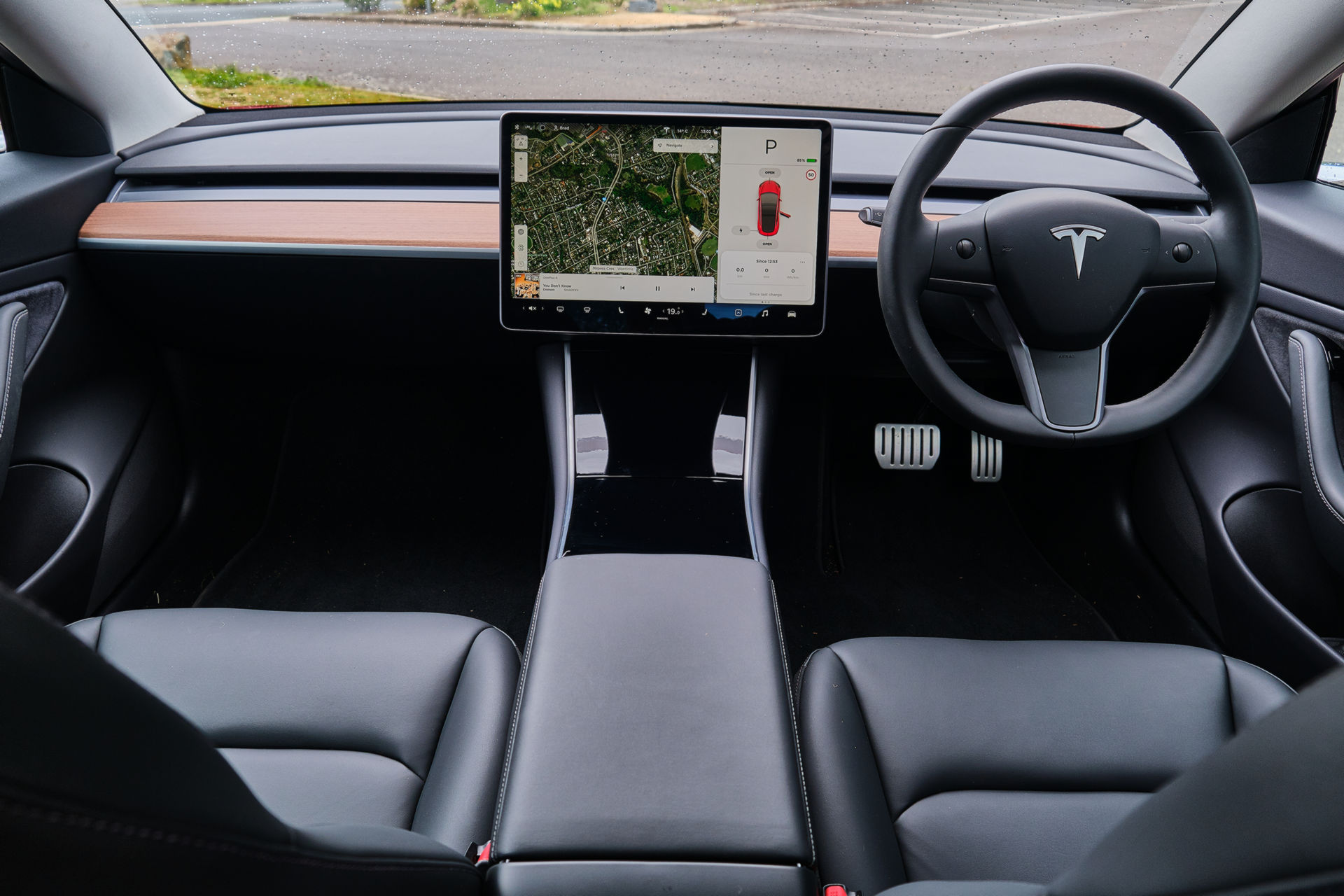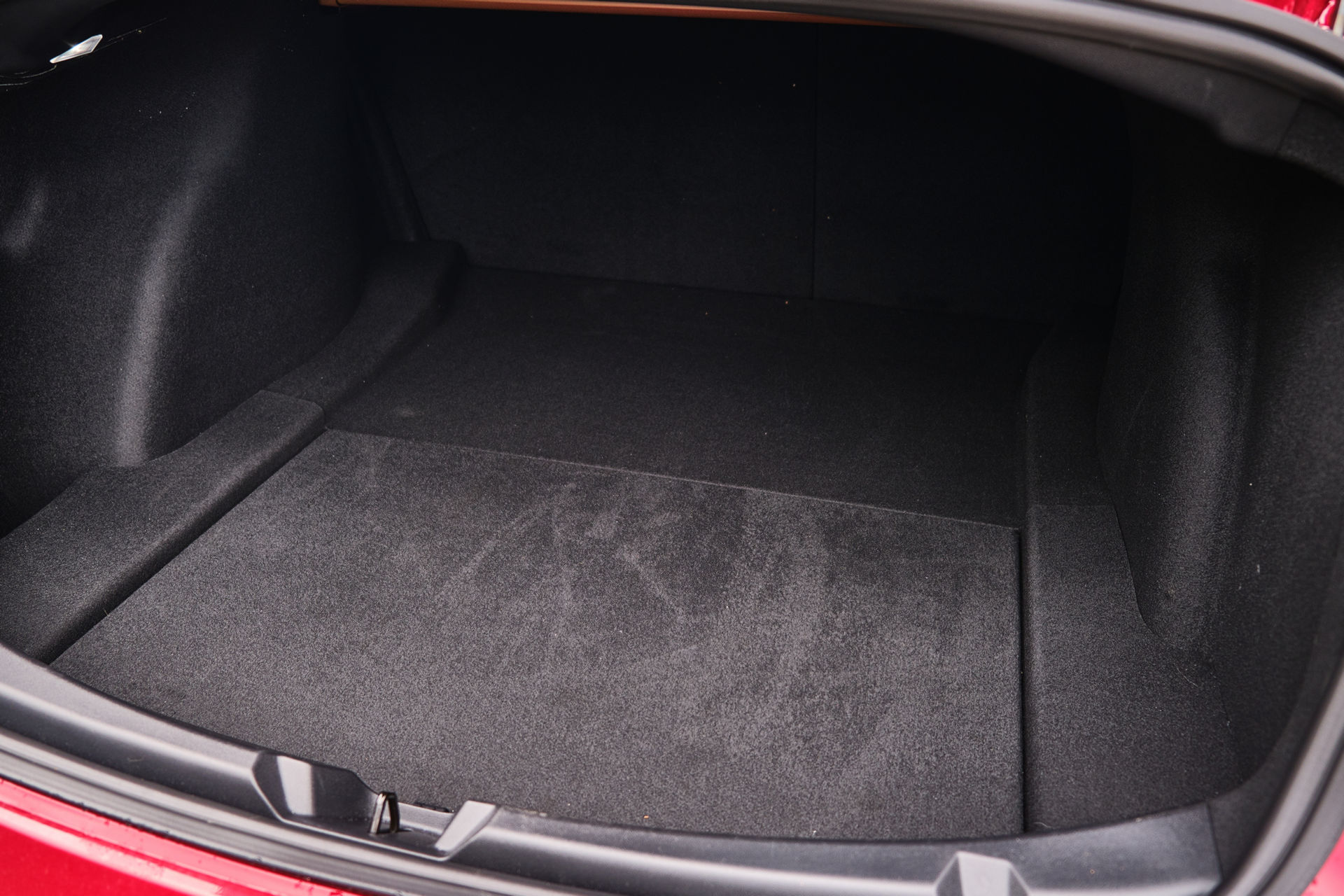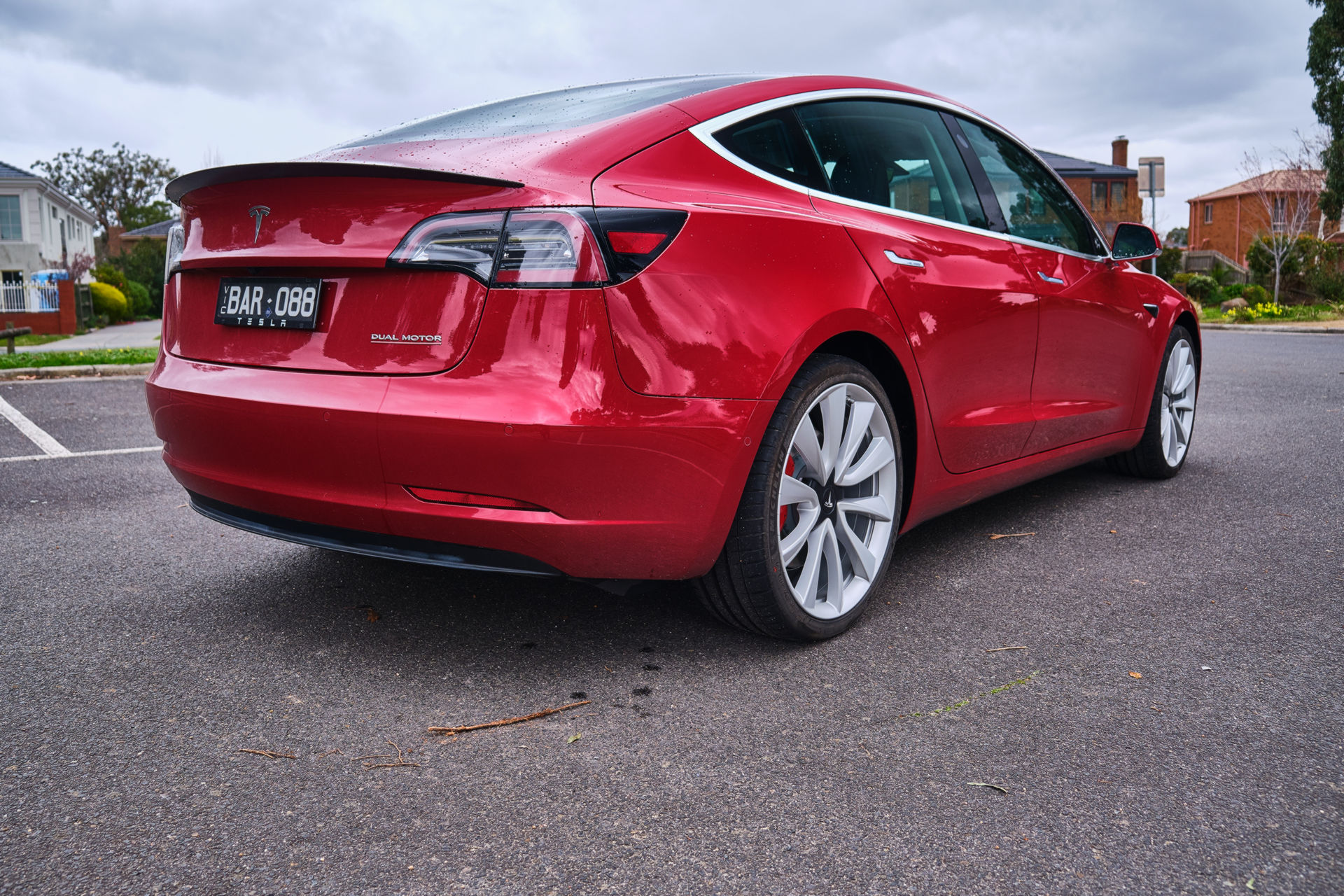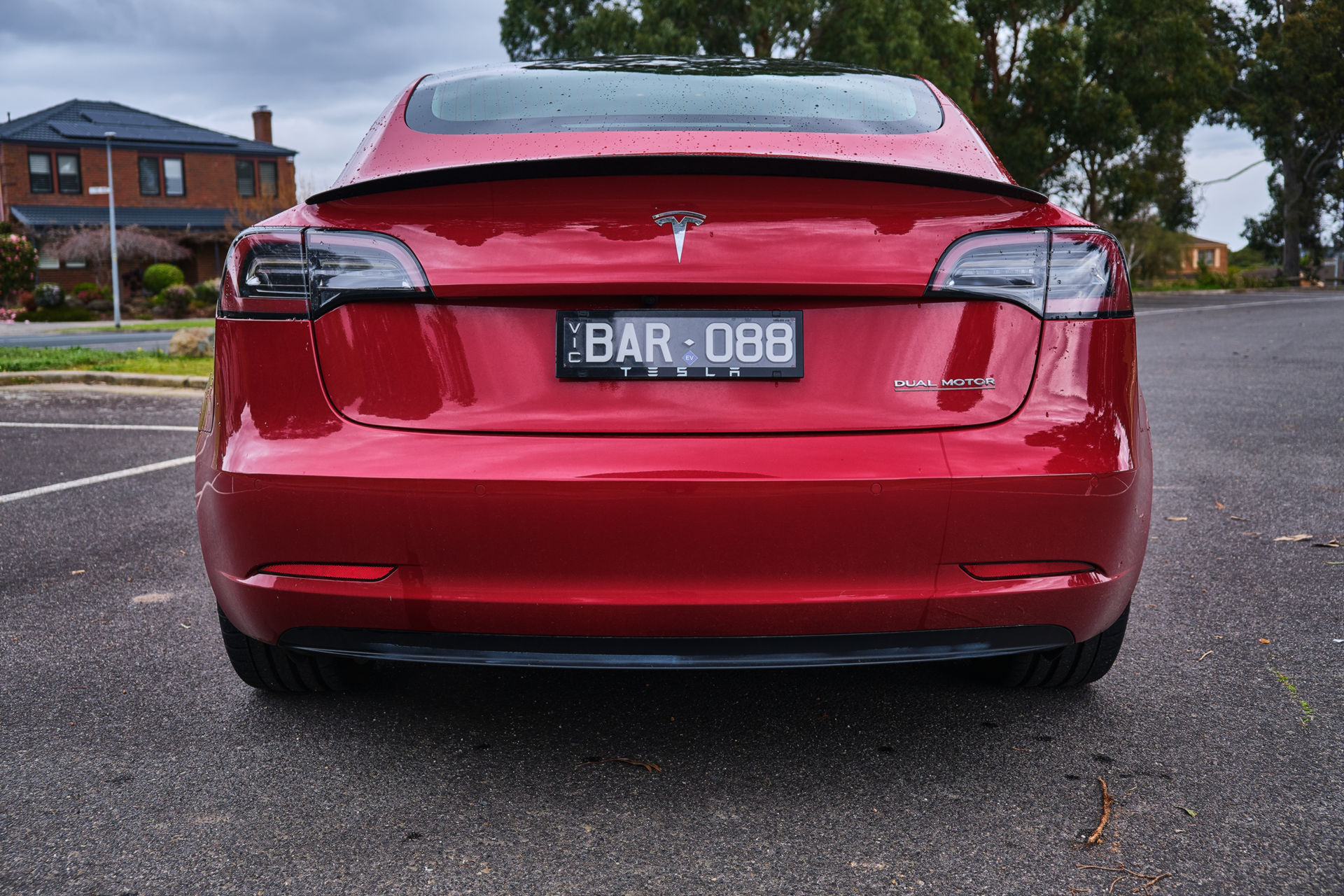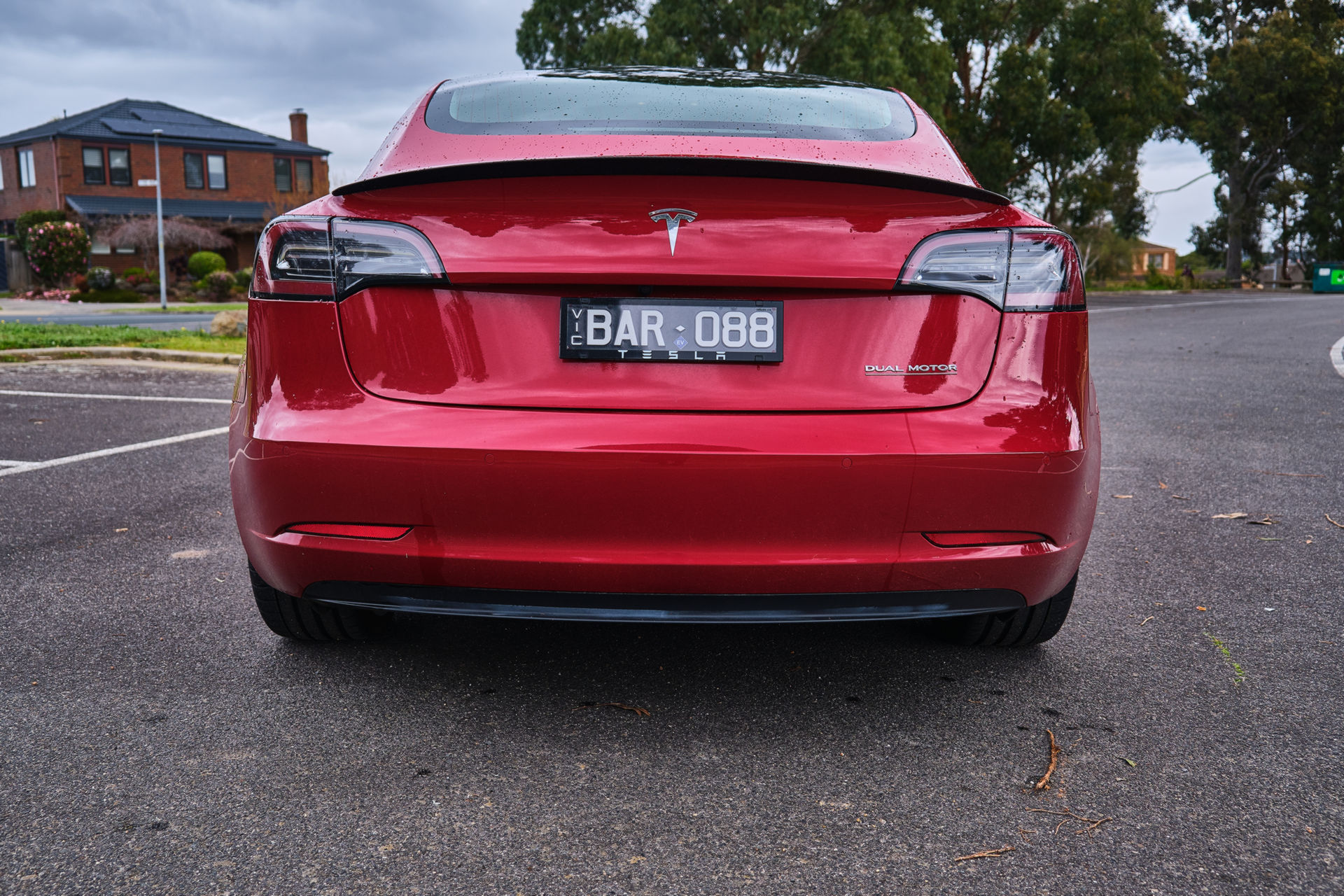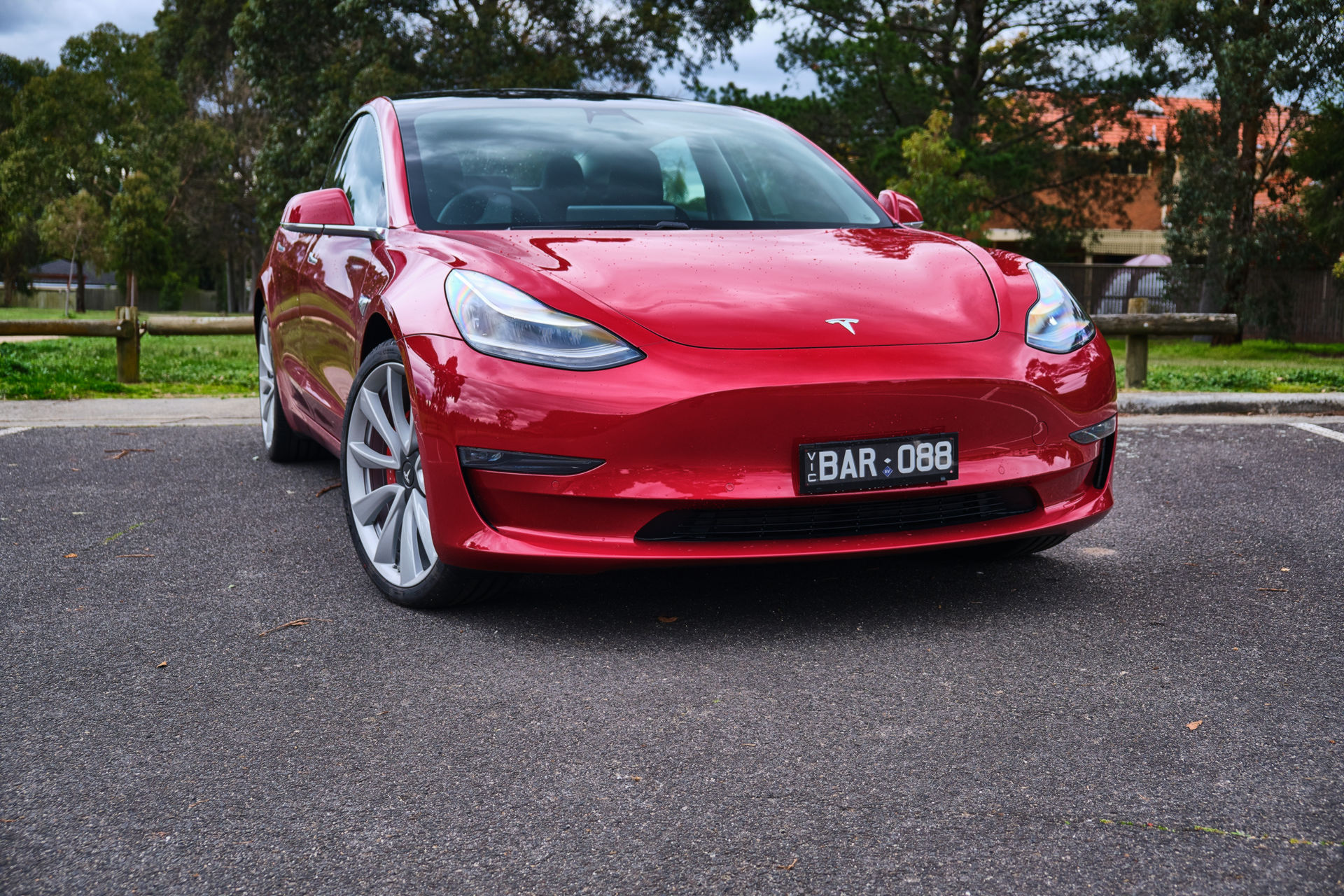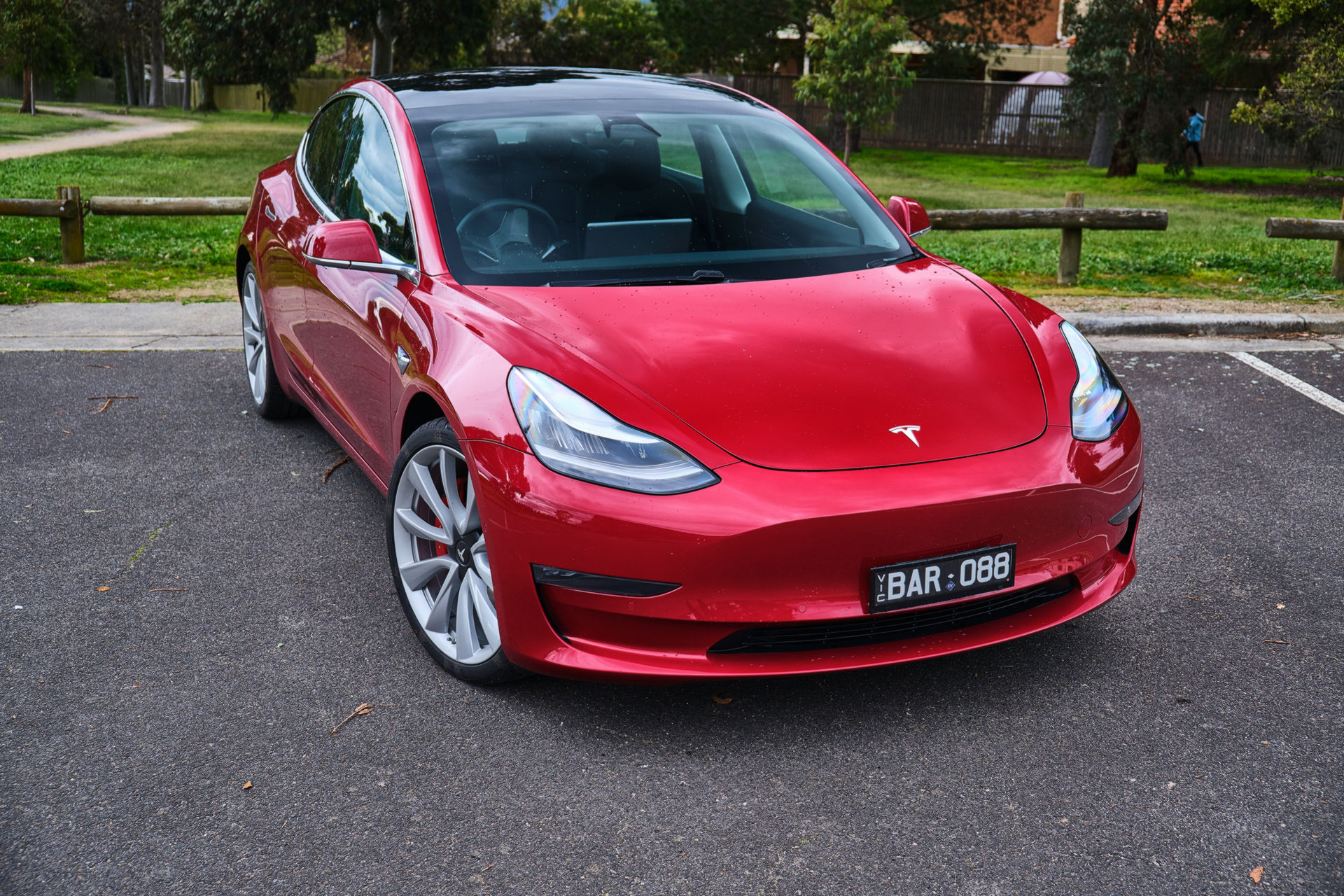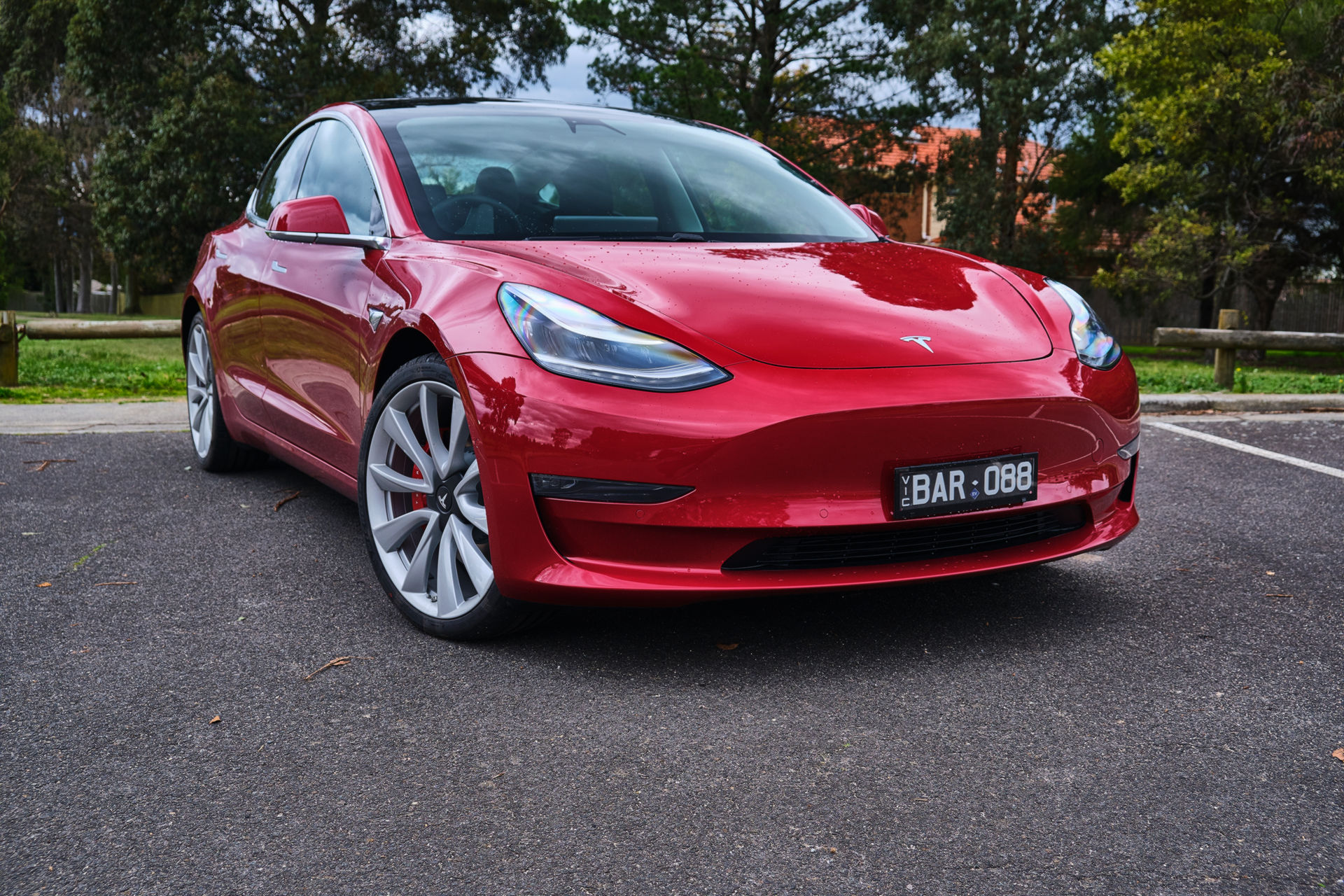When I was a kid, the thought of a mass-market, all-electric performance car was nigh impossible to comprehend. Growing up, I was surrounded by internal combustion-engined vehicles, with or without forced induction. Car companies worked tirelessly to create performance engines with character and intoxicating exhaust notes.
However, a new age is upon us and it comes in the form of the Tesla Model 3.
Elon Musk famously unveiled the Model 3 back in early 2016 and, before long, the automaker had secured hundreds of thousands of orders for its first affordable EV. In traditional Tesla fashion, deliveries were delayed, and while a couple thousand examples reached the hands of customers in late 2017, it didn’t start hitting U.S. streets en masse until 2018.
Over in Australia, the wait was even longer, as Model 3 deliveries only started in August 2019, a full three-and-a-half years since the car was first presented. Has it been worth the wait?
Competitive pricing and specs
Local pricing starts at $66,000 AUD ($45,388 USD) excluding on-road costs, but we suspect most buyers will hand over more than that. The example we tested was the range-topping Performance that starts at $91,200 AUD ($62,719 USD) and included the available $2,800 ($1,925 USD) Red Multi-Color Paint as well as performance brakes, a carbon fiber spoiler, performance pedals, 20-inch performance wheels, an all-black premium vegan leather interior and the (in)famous Autopilot.
As expected of a premium product, it comes loaded with nice creature comforts. There are 12-way power-adjustable front seats, heated front and rear seats, LED fog lamps, a tinted glass roof with ultraviolet and infrared protection, auto-dimming and heated side mirrors, four USB ports and docking for two smartphones. The available Premium audio system that rocks 14-speakers, a subwoofer and two amplifiers, is also on board. Our test car included the $8,500 ($5845) Full Self-Driving Capability and, thus, had a drive away price of $117,370 AUD ($80,716 USD).
That is by no means cheap, but it does make the Model 3 Performance cheaper than German ICE rivals like the Mercedes-AMG C63 and BMW M3.
Simple but striking
On first impressions, the Model 3 Performance is quite appealing to the eye. Tesla describes it as having a more “friendly” face than the Model S, and that’s certainly the case. In a world where high-performance sedans are often trying to outdo each other with sharp spoilers, angled edge, and massive air intakes, the Model 3 has a far more subdued look.
As for the interior, well, that’s worth discussing in a little more detail. Much has been said about the cabin of the entry-level Tesla, and it certainly splits opinions. Dominating the cockpit experience is a 15-inch touchscreen positioned horizontally, in a manner unlike any other car currently on the market. Approximately one-third of the screen is dedicated to showing important driver functions, while the rest operates the satellite navigation, music controls and virtually every other vehicle setting.
Beyond that display, the cabin is free of other screens and virtually any physical buttons. On the steering wheel are two scroll wheels and the only other physical switches are the ones for the electric windows. The result is an interior that feels even larger than it really is and, sitting behind the wheel, it’s hard not to notice the sense of relaxation that washes over you thanks to the simple design. This feeling of space and airiness is aided by the two glass roof panels.
Our test car featured the vegan leather seats which, despite not having the scent of real leather, were remarkably soft to the touch and extremely comfortable. The near-infinite levels of seat and steering wheel adjustment also make it a breeze to find the perfect driving position no matter your size.
There are some issues, though. My first criticism relates to the gloss black plastic center console that houses a host of storage cubbies and a pair of drink holders. Not only is the plastic a fingerprint magnet, it also feels cheap and not befitting a premium saloon. In addition, the wooden veneer on the dashboard feels like another cost-cutting measure on Tesla’s part, as, once again, it doesn’t feel as premium as some of its rivals. Systems including a head-up display, Blind Spot Monitoring, ventilated/cooled seats, and standard Qi wireless charging, which one might have expected given the price tag, are also absent.
Also Read: Tesla Model 3 Performance Devours The Nurburgring, Takes Over Car After Car
In any case, it’s the aforementioned touchscreen dominates the experience. It is easily the best system I’ve ever experienced so far and works seamlessly with your phone over Bluetooth despite not featuring Android Auto or Apple CarPlay and the navigation system, which uses Google Maps, is very easy to use. Again, way ahead of the competition and their generally-useless proprietary navigation software. Operating the HVAC through the touchscreen is also a nice party trick.
Then comes the Premium audio system. Tesla has always been rather secretive about it but it is claimed it was created by former Bang & Olufsen employees. The results are phenomenal: no matter how loud you have the speakers, there is absolutely no distortion and the sound delivered really has to be heard to be believed. However, there was a 30-minute period when I was driving the Model 3 Performance that the speakers started to make random popping noises and, for a split second, certain speakers cut out entirely. Everything worked seamlessly again when I charged the car overnight and drove it the next day.
Trick tech to satisfy your inner geek
The Model 3 Performance uses a 75 kWh battery pack paired to two electric motors (one at the front axle, one at the rear) to deliver 450 HP and 640 Nm (472 lb-ft) of torque. This results in immense acceleration. Tesla quotes a 0-100 km/h (62 mph) time of about 3.4 seconds and the car feels every bit as quick as that figure suggests. It’s like a rollercoaster taking off and drops the jaws of anyone riding as a passenger.
Don’t, for one second, think that it’s merely a straight-line warrior, though, as it’s also very capable through corners. Thanks to the car’s use of all-wheel drive and dual electric motors, it is able to shuffle power between the wheels accordingly. Go around a right-hand corner, for example, and you can feel the outside wheels pulling you into the apex. The car usually feels settled, thanks in part to the Michelin Pilot Sport 4S tires measuring 235/35 at all four corners, but if you push it too hard, it can get unsettled, just like any other performance car – but you really have to try. Wet roads? Not a worry as the Tesla seems to stick to the pavement just as well in the rain as it does on a nice sunny day.
One may expect a car like this to be devoid of any steering or braking feel. That’s not the case, as you get a good sense of where the wheels are through the steering wheel, and braking is also smooth and consistent.
Should you be in the mood for some fast-paced driving, you can switch on the Model 3 Performance’s ‘Track Mode.’ The system adjusts how it sends torque to the wheels depending on cornering, shuts off the traction control system and also uses the brakes to mimic a limited-slip differential. The car’s brake regeneration feature is also amped up, meaning you rarely have to use the mechanical brakes to actually slow the car down for a corner. In regular driving, there are ‘Standard’ and ‘Low’ modes for the regenerative braking, with the former allowing for one-pedal driving in most scenarios. I preferred ‘Low’, however, as it better replicated the feeling of traditional engine braking.
Speaking of modes, the powertrain can be driven in ‘Chill’ and ‘Standard’ modes. If you want to go fast, select ‘Standard’. If you want a less responsive throttle, ‘Chill’. Go figure. The steering also offers ‘Comfort’, ‘Standard’ and ‘Sport’ modes. Standard is a nice middle-ground and ideal for everyday driving.
Good semi-autonomous technology, but is it worth the hype?
Then we come to Autopilot. We all know what that is, is so I’ll skip over the basics. How does it work in the real world? Quite well, but it did display erroneous behavior. On most well-marked highways, it does the job as advertised and feels on par with similar radar cruise control systems and steering-assist technologies from other carmakers. However, on one 40-minute highway stint, I had it bizarrely cut out on me roughly seven times. If I was driving alongside another vehicle, for example, the system would sometimes abruptly cut out and I’d be forced to take over control.
Where Autopilot really shines is on marked suburban roads where other systems wouldn’t have a hope. One tap down on the right stalk to enable cruise control and a further two taps down and it is enabled. The various cameras and radars monitor everything going on around the car and it doesn’t take long to get comfortable with the system. On long drives, it would certainly minimize driving stress.
Also Watch: Tesla Model 3 Performance Sets Blistering 11.72 Second Quarter Mile
In terms of charging, it largely comes down to where you live. In Melbourne, there is only a single Supercharging station with four outlets in the entire city. We tested it out and saw charging speeds of over 700 km of range per hour with it taking roughly 30 minutes to charge from 25 per cent to 80 per cent for $18 AUD ($12.38 USD). Should owners be unable to get to a Supercharger, they can check out Tesla’s multitude of Destination charges that top up the battery at roughly one-sixth the speed of a Supercharger.
All Teslas come with a home Wall Connector that has a maximum power output of 22 kW and in the Model 3 charges at about 75 km/h. However, actually achieving such speeds is rare unless your house has a three-phase power supply. Owners with single-phase power can expect roughly 30-40 km/h.
Tesla quotes an official range of 560 km (347 miles) on the NEDC cycle, but we suspect such a figure could only be achieved in absolutely perfect conditions. Drive conservatively and somewhere in the mid-400 km (250 miles) is achievable. Drive with a led foot and you can get through a full charge in 250 km (155 miles).
So, this is what the future looks like
It’s hard not to be impressed by the Tesla Model 3 Performance. We didn’t encounter any of the fit and finish issues some early Model 3 owners experienced and believe it is a seriously compelling package. Improvements can certainly be made on the software front and the car lacks some creature comforts it should have.
Should you go with the Performance over lesser variants? Maybe, maybe not. Rapid acceleration is thrilling but gets old without any sound and cheaper versions offer most of the same features. We recommending visiting a local Tesla store and deciding for yourself. What is undebatable is the fact that the Model 3 has helped change the industry and established itself as the leader in the world of electric vehicles. Well, done Tesla.



